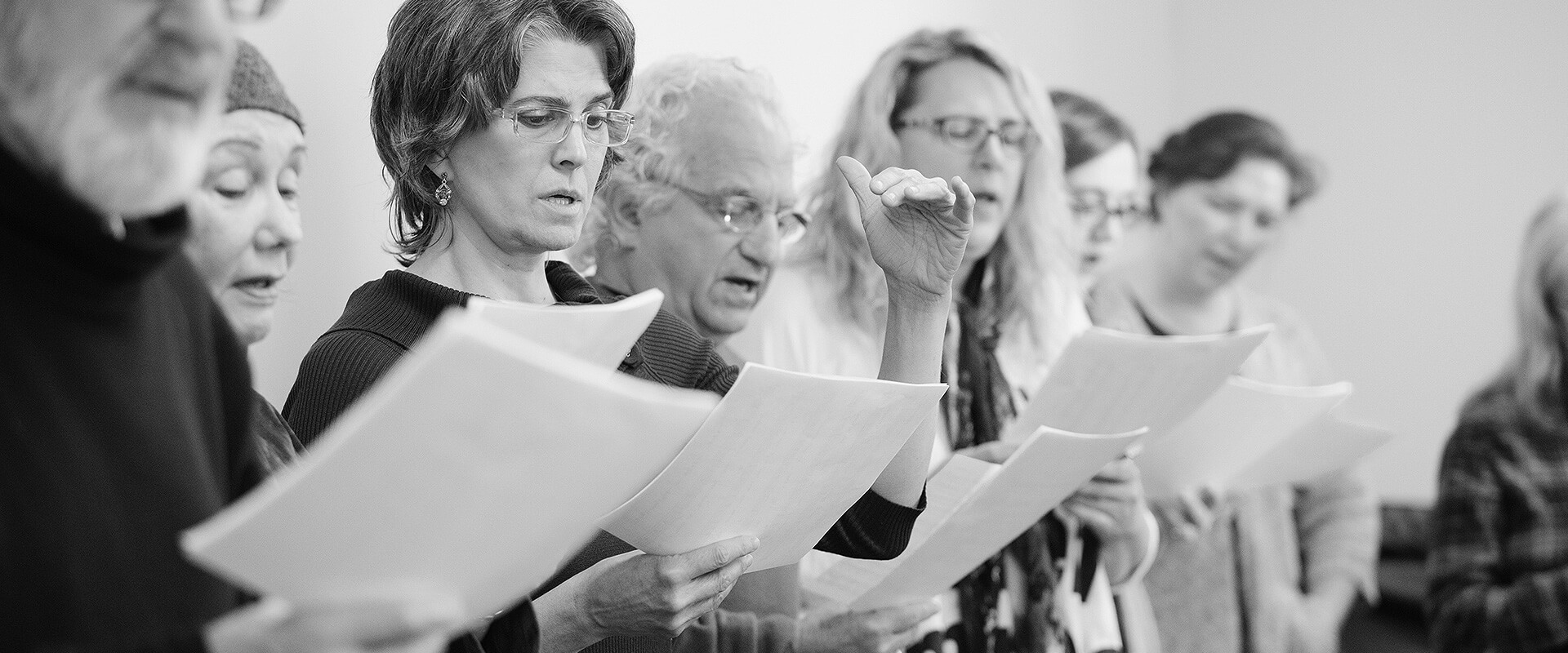High Notes
The vocal cords are not vertical in placement but rather on the horizontal plane. Low notes are articulated by the shortening and thickening of the cords while high notes are articulated by the lengthening and thinning of the cords. In studying vocal technique it is better to take the view that there are no “high notes” and “low notes” for a singer – there are simply notes with long, thin, firm cords and notes with short, thick, relaxed cords (see Phonation). Affirmed by the physiology of the vocal cords (see Vocal Cords), and a basic understanding of the Venturi Effect (see the Venturi Effect), notes in your range should not be considered high or low; all notes are horizontal. Likewise, raising your head for high notes and lowering it for low notes doesn’t help, in fact it is counter-productive because it disturbs your primary resonance (see Resonance) and (Pharynx).
Once you’ve understood this idea of lengthening and shortening and have had a chance to experience how it feels to shorten your cords, singing a high note freely and softly becomes easy. The most notable thing about singing a high note is not its height but the control over subglottal pressure required to shorten the cords to such an extent. You have the feeling that you are holding back, which you are – not your voice but a shortened cord has this feeling from the fact that you are closing the glottis more and more the higher up you go in your range.
Soft, high notes require almost no air flow, so taking a large breath is also counterproductive. Singers often try to blow a lot of air through the high note which sacrifices sound quality and is tiring for their voice. Once you have mastered soft high notes, singing louder is just a question of knowing your vocal limitations. A high note should spin and be free; increasing the dynamic (volume) becomes a matter of spinning the note faster and relaxing your resonance space (finding the right neck alignment and relaxing the neck and mouth correctly as much as possible). This will keep the note free. Too much pressure in the sound and advancing your head will cause the note to go flat, lose its shimmer and can cause the vibrato to shake.
High notes in the classical field are considered the ‘money notes’. Loud high notes are impressive but even more breath-taking are the long, soft ones. Master these first and the rest becomes easy. Working in this way your voice will remain healthy and vibrant. The greatest singers have this capacity and approach high notes in this way. If you do likewise, your technique will strengthen to the point where you can tackle difficult repertoire and master it to an international level. Notice that I said, strengthen your technique, not your voice. Your voice must be protected; it has limitations. Protecting it must be your aim if you plan to have a long, healthy career.
For more information or to book a private lesson, please go to the contact page.
-
Anatomical Tutorial During Trans-Nasal Endoscopy
-
How the Body Works : Speech and Voice
 Montreal Voice Coach
Montreal Voice Coach